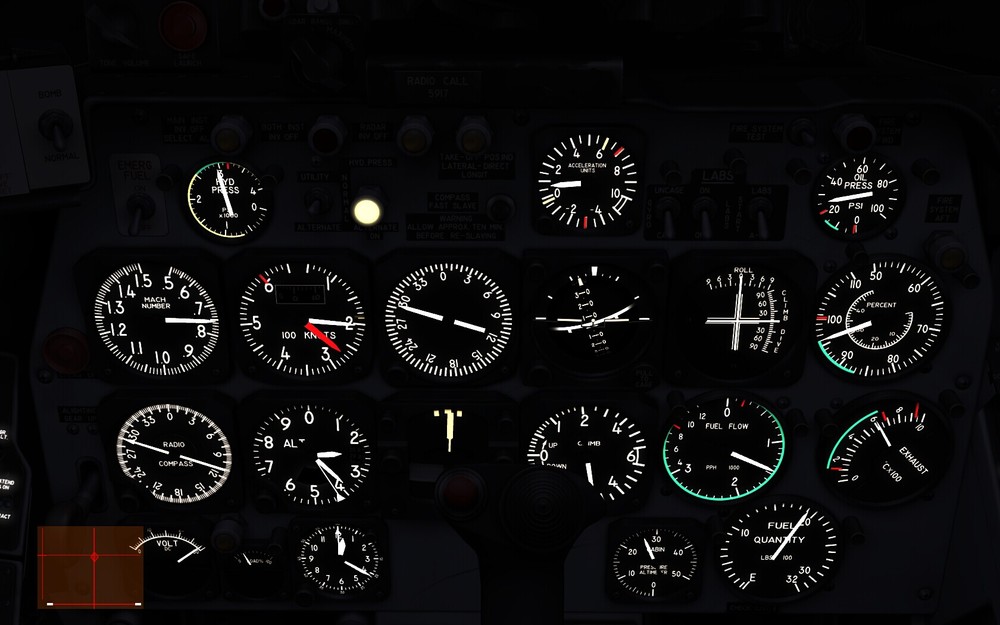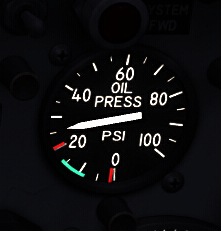-
Posts
678 -
Joined
-
Last visited
-
Days Won
2
Content Type
Profiles
Forums
Events
Everything posted by billeinstein
-
So do those bombs.
-
And Facebook, and Google...
-
I have a BS2 upgrade from BS1, and I am a baker of DCS WWII. So I will nerver use the Steam ver DCS.
-
I think it's one of the most important issues. A NWS system to make taxiing more difficult than without it is quit strange.
-
Looking for the $2000 backer's face.:D
-
I'm in Shanghai. It's OK in China. No proxy is needed. You may find some servers in China with good network connection.
-
Why "Set rudder (pedal) against the rotation" then, if setting it in neutral works?
-
http://www.digitalcombatsimulator.com/en/products/sabre/?PAGEN_2=7 Spin recovery Spin recovery occurs when the controls are set to their neutral position. As a rule, simultaneously, the aircraft recovers from the spin on its own with some delay. For a controlled spin recovery, it is recommended: - Set the throttle to idle to decrease the altitude loss; - Set rudder (pedal) against the rotation; - Set the control stick into the neutral position. If an aircraft has external loads, has entered a spin, and it is impossible to recover from the spin in the course of one or one and a half turns, then it is recommended to jettison external loads and recover the aircraft from the spin according to the normal procedure.
-
http://www.digitalcombatsimulator.com/en/products/sabre/?PAGEN_2=6 Spin An aircraft enters a spin in any configuration and in all the flight speed range up to the Mach number of 0.9. In any case, the spin is the result of stall at excessing available g forces during maneuvering or at the drop of speed lower than the allowable one for the current weight and flight configuration of the aircraft. With the correct spin recovery technique taken into account and available altitude, aircraft recovery is possible from any kind of spin. Upon entering a spin, the aircraft nose goes below the horizon to the angle of 50-75 degrees with a slow rotation. When the rotation rate increases, the aircraft nose goes up almost to the horizon. The first spin turn occurs approximately in 5-8 sec. with the altitude loss of 500-600 feet. During the next turn, the rotation rate increases with the diminution of amplitude of nosing up to the horizon and an increase of the climb angle to the vertical one. At the same time, with each next turn the altitude loss increases and may reach 2.000 feet per turn. Typically, the aircraft falls into right-hand spin. A spin with increased engine thrust is characterized by smaller climb angles and higher rotation rate. A spin with the minimal thrust or without power is characterized by steeper (up to 90 degrees in the process of development) trajectory. The spin quality does not change with the speedbrakes deployed. In landing configuration, the spin peculiarity is smaller altitude loss at first turns. With external fuel tanks, a change of spin direction may occur both upon entering the spin and after several turns.
-
I have a custom label setting in "Saved Games\DCS\Config\View\Labels.lua" and create a server. AirFormat = {} AirFormat[10] = "" AirFormat[5000] = "%5000" AirFormat[10000] = "%10000" AirFormat[20000] = "%20000" AirFormat[30000] = "%30000" But when my friend enter the server, he found the custom label setting is not work for clients. The label he looks just as the default. Is this correct or bugged?
-

50 cal Ballistics/Aircraft Damage Model Questions/Concerns
billeinstein replied to USARStarkey's topic in DCS: P-51D Mustang
If you have CA, you can test it on the ground by man controlled ground fire. The f-86 can also fire when stay on the ground now. It's fun. -
That's too bad.:cry: I'm still looking for the difference between the recoveries of left and right spin.
-
I find it's very easy to recover from a spin. Just release the stick and rudder, no oppsite rudder input is needed. Is this correcttly modeled or this part of FM still W.I.P?
-

50 cal Ballistics/Aircraft Damage Model Questions/Concerns
billeinstein replied to USARStarkey's topic in DCS: P-51D Mustang
Tacview... -
You can't see the dive angle marks on the canopy from outside.
-
It's correct according to the 360 degrees Pitch Change pic. Free floating horizon line crossed the climb and dive rings.
-
I don't think the warhead of GAR-8(AIM-9B) is modeled correctly in DCSW now. (From top to bottom) The U.S. Navy's AIM-9B, AIM-9D, and AIM-9C in the early 1970s http://en.wikipedia.org/wiki/AIM-9_Sidewinder
-
In this case, it was a 96% RPM climb to FL 400. The Oil pressure passed 20 PSI when crossing about FL 200. When doing a 100% RPM dogfight (less than 30 minutes), the Oil Pressure will also go to 30 PSI.
-
-

Any short cuts for Gun-missle safety switch?
billeinstein replied to billeinstein's topic in DCS: F-86F Sabre
There's a rumor said that earlier version of sidewinders can be affected by the sun. And PLAAF got a sidewinder from Taiwan air force by this method. Is this possible in DCS World? -
When dogfighting, it's difficult to switch between gun and missile with the mouse click. Is that correct to launch missiles with the trigger, rather than the weapon release button? The sidewinder's tone will not be shut down, even the safety switch is turned to off.
-
From a FSX F-86E/F manual
-
Nose down trim for take off?
-
Shall I edit something to activate the Mig-21? I can add it in ME, but can see nothing when start the mission.






